Do headlines like this make you a little crazy?
- Mindfulness shown to be 100% effective for treating ADHD
- Elimination diet cures ADHD in over 70% of children
- Stimulants are the first line of treatment for ADHD
The first one came across my desk recently and was full of misinformation (I contacted the editors). Yes, mindfulness is a great treatment for ADHD, but it’s not the magic bullet this headline implies. The second headline touted poorly done research. The third is actually true, but then what comes to mind is ‘why?” and “How much better are stimulants than other treatments?”
So how do you compare the effectiveness of treatments in this environment? Once you get past faulty research, it turns out that a measure called ‘effect size’ can help you answer your questions. (Statistical background on effect size here if you are interested in the math.)
Effect size is a measurement tool that tells you how well a certain treatment does at treating specific symptoms. It’s a set scale that is used across research studies so the effect of one treatment can be compared to the effect of another. An effect size of 1.0 is considered a ‘robust’ response (vs. a 0 which would be no response at all). A number less than 1.0 is considered less effective on average, while one above 1.0 more effective. Stimulant medications in general trials have an effect size of .67 to 1.28 depending upon the medication and dosage used in the trial. Stimulant medications in at least one trial where the dosage was optimized for the individual taking the medication had an effect size of 2.2. That means that if you are going to take a stimulant medication, you should make sure to work with your doctor to get a dose that works well for you in order to maximize your benefit. Different medications have different effect sizes, for example, the effect size for Vyvanse in an non-optimized trial was 1.28, while for methylphenidates (Ritalin, Concerta) is .75 while the effect size for Strattera is .44 to .66 depending upon the trial.
This doesn’t mean that Strattera isn’t the right medication for you. An effect size is the relative likelihood that you’ll respond, but any individual may find they do extremely well on one medication and not on another. My husband could not tolerate stimulants at all, but Wellbutrin (an anti-depressant) worked very well for him though the effect size for treating ADHD is .34. This was in part due to the fact that his primary target symptom was impulsivity, and Wellbutrin happens to be a good choice for that particular symptom for many.
You can find effect sizes for non-medicinal treatments, if they have been researched as a possible ADHD treatment, too. You have to be careful, though, because some research (like the Scandinavian studies on elimination diets mentioned above) are poorly constructed and provide false data. Happily, eventually a meta analysis of the most rigorous, double blind research studies was able to debunk the diet claims.
So what are the effect sizes of different treatments, you might ask? I’ve got an app for that. Well, okay, a blog post. You can find the answer here.
- MelissaOrlov's blog
- Log in or register to post comments

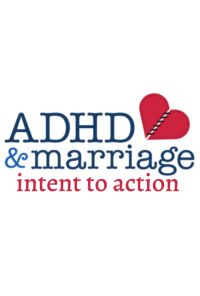

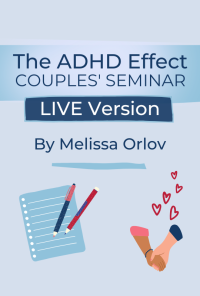
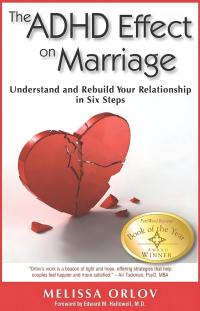
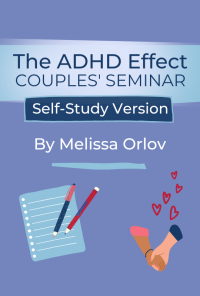
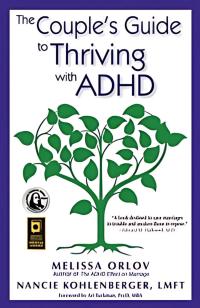
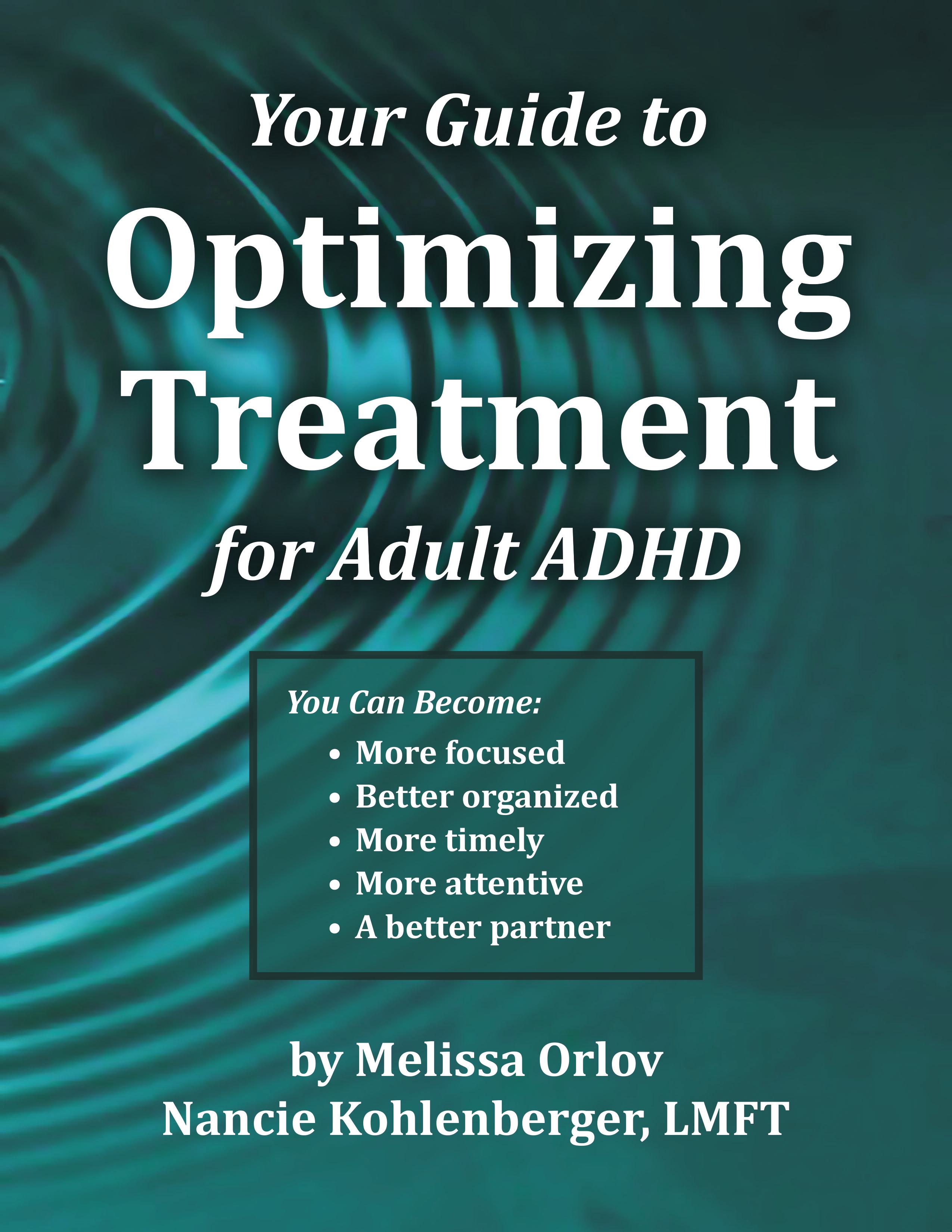

Comments
Perifial trauma to the brain
Hi everyone! I was diagnosed with ADHD, perifial trauma to the brain and low testosterone. There is an area of the brain that shows an impact injury, which has effected the two arteries to the brain for blood flow. There are areas that show damage to pathways, and to the prefrontal cortex that involves empathy. Under neuroradiance dr. care for noninvasive infrared laser treatment, on a prescribed rx and suppliments. This was diagnosed last year. The dr. is trying to get the brain to rewire itself along with mental exercises for me to do. There have been some behavior issues from me, that has been a burden on our marriage. I did not know these injuries were there until I was ready to retire. These injuries occured through the years; concussions from sports, bike accidents, as well from my job - even when head protection was worn.My wife feels that we are in a parent/child relationship. She is the parent, and I am the child. Many times when I have tried to express myself, I would repeat a sentence several times, or else I would repeat the starting words of a sentence in the same way. My mind would travel faster before I can get words out. Sometimes I would give up talking all together. It is frustrating to her as well as to me. There were moments I did passive agression, no, there was not any physical contact from me to her. Since then I have been watching this for along time. One of the issues that has been a fault of mine is time management at home. The medication that is prescribed to me is concerta. It is better to start at a low dosage and increase the dosage when necessary. If this does not help, then the dr. may rx something else. There will be additional testing that includes pathway testing for neurotransmitters.
Charlie Johnson
Hi Charlie....
I hope you are able to get some solutions for your difficulties, for your sake and your wife's...It sounds like you are on the right track...The fact you can seemingly talk about it w/ no emotion, and be open about it, is very very good....When we recognize our tendencies, (like you are doing w/ time management) and own them...We can so something about it.....
Parent/Child usually happens when we place expectations on our spouse, based on our thinking...What we can do, what we expect of ourselves, then we place these same expectations on our spouse to meet our standards...LOL....Which is only half the problem...The real damage (being over whelmed emotionally and over worked physically) starts when we start the mothering, and taking on responsibilities that belong to another adult....
My advice would be to keep it simple, (one thing at a time) maybe attempt to create better habits related to how you use your time.....Recognize time wasters, and set limits on yourself....
Best of luck
c
Good evening, It has been
Good evening, It has been brought to my attention, that my behavior, has been causing marital issues. The word that is used from me is "I". Phrases such as " Well I...", " I was just thinking about ....", " I am not..." also as I answer a question, many times I do not answer it with a yes or no directly. It is " I will get it.. ", I was thinking about doing it", then it is followed by either a yes or no. Also not addressing her first my name saying that I can see your perspective. As a result there is frustration from my spouse saying to me , " it is all about you." Also as I was expressing my feelings, the conversation was directed to her as to how I have not expanded as to how she feels , i.e. " tell me more; what happened; how did it really effect you; are you ok; I can see that you are hurting; " and etc. I also feel that I have not acknowledge her answer fully. In turn, she feels that I do not respect her or honor her. From her, I am labeled as a ...... . My admittance is that I am not a perfect person, and there are some traits that I carried in this marriage from my parents marriage. There are things that I need to work on from the inside-out.
Charlie Johnson
Good evening to you also...
Based on your post; your wife has internal conflict going on inside her...Conflict that seems to be sponsored by a lack of satisfaction w/ y'alls ability to fully communicate....It's common w/ many marriages....Especially when add/adhd is present.....
Based on the awareness level I see in your words....I think you two are not far from being able to solve it.....Any thing "Good" when it comes to communication want happen until we identify what keeps hanging us up (That we continually repeat)...Our love for ourselves (refusal to humble ourselves and just be completely open about our day to day pursuits/ behaviors/ likes/dislikes....Which our likes and dislikes are quiet identifiable by our pursuits or our lack of pursuits....
None of us are perfect people...We are all human people....I suggest you don't use (cast it from your thinking) your parents marriage as a reason or defense of your actions/behaviors....I know we all are molded a good deal by our nurture, BUT...as adults, if we care, we will learn, and openly work to change behaviors that may be faulty from our up bring, or what we were exposed to by our parents....
Many of us have huge differences with our spouses.....You can't think for her, nor her for you....But, we can talk openly about our views of life, (not defend or hide it) and come to peaceful understandings about who be are, and what we believe....It takes acceptance, respect, and Grace.....We have to care more about the finished product of the conversation, then we do about things like winning, or keeping our pride intact, defensiveness, combativeness etc....There's no place in husband and wife dialog for tension, anxiety, and fear.....(not in a healthy relationship anyway) Until we master self control, openness, and humility, we usually have lost the communication battle before we even start....
Some times we avoid truth, because its so painful....But, when we confess our truths, even if we don't like them our selves, (usually we don't, lol) it free's us....It also makes for a marriage relationship built on understanding...Even if we never have unity of mind; (thinking)....
Calmly tell her what she wants to hear.....She needs to do the same for you....The way we live; say's who we are....But, there is something about verbal ownership, that brings peace to your spouses soul...It also gives power to help promote change, if change is needed....
c
To continue, I explained to
To continue, I explained to her that there are traits that I carried into our marriage from my parents. Even explained to her that there were somethings that happened to me as a child. She feels that I do not value her, to be vulnerable. She also feels that she is being used. Growing up I did have a dominate parent. There is a book called " From the Inside Out" that I was referred to by one of my ministers. Hopefully our library has it. One of my friends suggested after I pray to God, in closing that I thank Him at the end in asking for His forgiveness.Any comments are much appreciated.
Charlie Johnson
Biblical marriages....
Scripture's like Ephesian's 5...Corinthians' 7...1-5....Corinthians chapter 11...1 Peter chapter 3....What God said in the Garden when he pronounced the curses on the serpent...Man...and the women....When you rightly divide the word of truth concerning marriage...The way marriages in the body of Christ should be lived out, it is clear, and a beautiful picture of Love....
For that to happen with in a union, (2 being 1) it must be believed, and sought by both spouses....If the responsibilities that are your's are misunderstood, or you are offended by the scripture, you want seek it....If your wife is offended by the scripture related to a Godly wife...She want seek it.....It's always Christ in us that gives us the power to love, live, and have a sound mind....
We are commanded to be equally yoked....This is way....When we are in conflict w/ the Word and person of Jesus....We can't help but be in conflict w/ our spouses.....Because we will never forfeit our selfish ways, and place our wives and husbands in the place of honor they should hold in our lives...
c
Item under vanity
Good evening, Today my wife was cleaning under our bathroom vanity. Later during the day I noticed 2 rolls of toilet tissue that were almost consumed left on the vanity sink. In turned I threw these out in the trash., thinking how long ago did I put these under the sink.Later,as I was driving us on the freeway to a flower store, she brought it to my attention. She wondered why I put them under the vanity. My mind was thinking back as to why I did this. She kept hammering about this while I was driving. Yes, I began to squirm in the drivers seat, meanwhile I was watching traffic on the freeway. I could not think why. She was very adamant about it, and I was acting like a 6 yr. old. I said to her that I have to watch the traffic. In turn she stated that I cannot face the truth, and that I was copping out by using " I have to watch the traffic".Later at lunch I said to her it was a habit. This habit came from my job. Our duty crews were assigned to certain areas to clean for house choirs at work for a period of 3 months and we rotate.When our crew was assigned to the bathrooms, I would replace a almost consumed toilet paper roll with a fresh one. The roll that got replaced would be placed onto of the dispenser case to be used in case guys need to blow their nose if needed. But, to become adamant while I am driving on the freeway, I felt it could be addressed while I was not driving. Comments are always welcome
Charlie Johnson